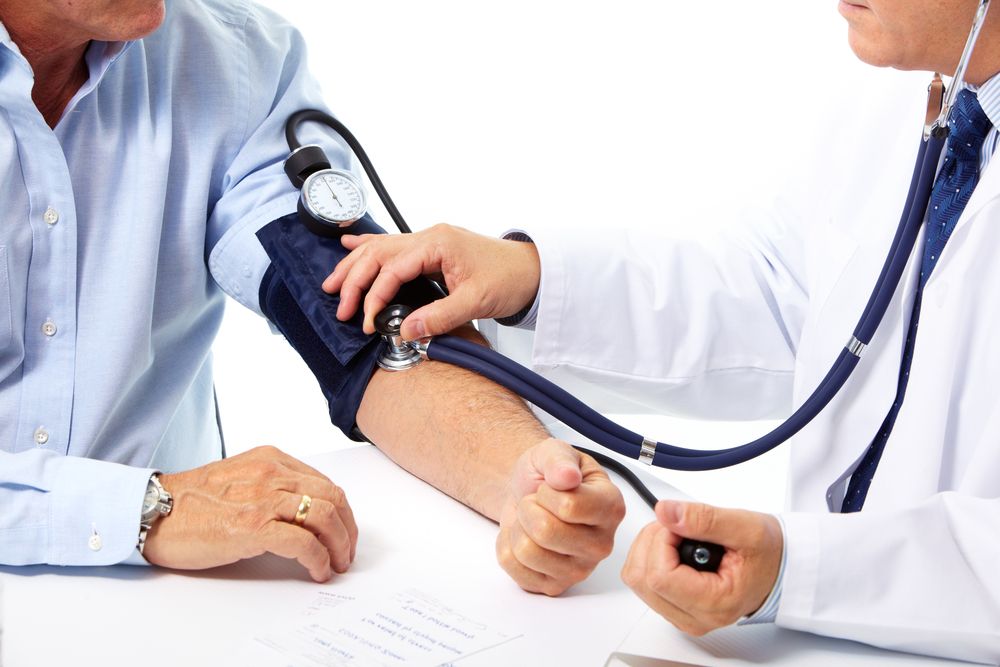Peripheral Artery Disease Symptoms May Go Unnoticed

Question: My toe nails and leg hair don't seem to be growing as fast as they used to. Is this age-related or is it something else?
Answer: It could be caused by something harmless, but it is possible that it is a little-known symptom of peripheral arterial disease (PAD). If I were you, I'd go to a doctor for a check-up. [Cliche alert!] Better safe than sorry.
PAD — also known as peripheral vascular disease — usually strikes the legs, but also can affect the blood vessels to your head, arms, kidneys, and stomach.
Your chances of getting PAD increase with age. About one in five people over the age of 65 has PAD.
You get PAD when plaque accumulates in your arteries. Plaque is made of fat, cholesterol and other substances in the blood. When plaque builds up on the walls of the arteries, the condition is called atherosclerosis or hardening of the arteries. Atherosclerosis impedes the flow of blood.
If blood flow to your legs is blocked, you can suffer from pain and numbness. It also can increase the risk of infection. If the flow of blood is too low, tissue in the affected area can die. In severe cases, a leg might have to be amputated. And, if you are diagnosed with PAD, you face a high risk of having a heart attack or stroke.
Because the disease reduces blood flow, there is a risk of blood clots. To help prevent clots, your doctor may prescribe a medication such as clopidogrel (Plavix).
Sign up for the Live Science daily newsletter now
Get the world’s most fascinating discoveries delivered straight to your inbox.
The disease may start with damage of the inner layers of the arteries from smoking, elevated levels of fats and cholesterol, high blood pressure and diabetes. The healing from the damage may cause plaque build-up.
The chances of getting PAD. are four times greater for smokers than non-smokers. Quitting smoking slows the progress of PAD. Smokers and people who have diabetes are at the highest risk for PAD.
About half the people with PAD have no symptoms. Others have several symptoms such as pain, numbness or cramping in the leg and buttocks muscles when walking or climbing stairs. These symptoms may subside if you rest and reduce the need for blood flow.
Other PAD symptoms in the legs, feet and toes include: weak pulse, sores that don't heal well, a pale or bluish color to the skin, lower temperature in one leg compared to the other leg, poor toenail growth and decreased hair growth on the legs, and erectile dysfunction.
The following are tests used to diagnose PAD:
- An ankle-brachial index (ABI) compares blood pressure in your ankle and arm to analyze blood flow.
- A Doppler ultrasound is a test that uses sound waves to show whether a blood vessel is blocked.
- A treadmill test can show the level of exercise necessary to develop symptoms.
- A magnetic resonance angiogram (MRA) takes pictures of blood vessels inside your body. An MRA can describe blockages. An MRA is a type of magnetic resonance imaging (MRI).
- An arteriogram is used to locate a blocked artery. During an arteriogram, dye is injected into an artery and an x-ray is taken. A newer method of arteriogram uses ultrasound cameras to take pictures inside blood vessels.
- Blood tests are used to check for diabetes and cholesterol levels.
The lifestyle changes that are recommended for PAD include quitting smoking, exercising, and lowering blood pressure, cholesterol and blood sugar.
Serious blockages may require surgery.
Bypass surgery uses a blood vessel from another part of your body to bypass the blockage. Angioplasty uses a catheter with a balloon that is inflated to widen arteries. A stent may be placed in the artery during angioplasty to keep the vessel open. During an endarterectomy, a surgeon makes an incision in your leg and removes the plaque from the blocked artery.
If you would like to read more columns, you can order a copy of "How to be a Healthy Geezer" at http://www.healthygeezer.com.
All rights reserved © 2012 by Fred Cicetti
More from the Healthy Geezer:












